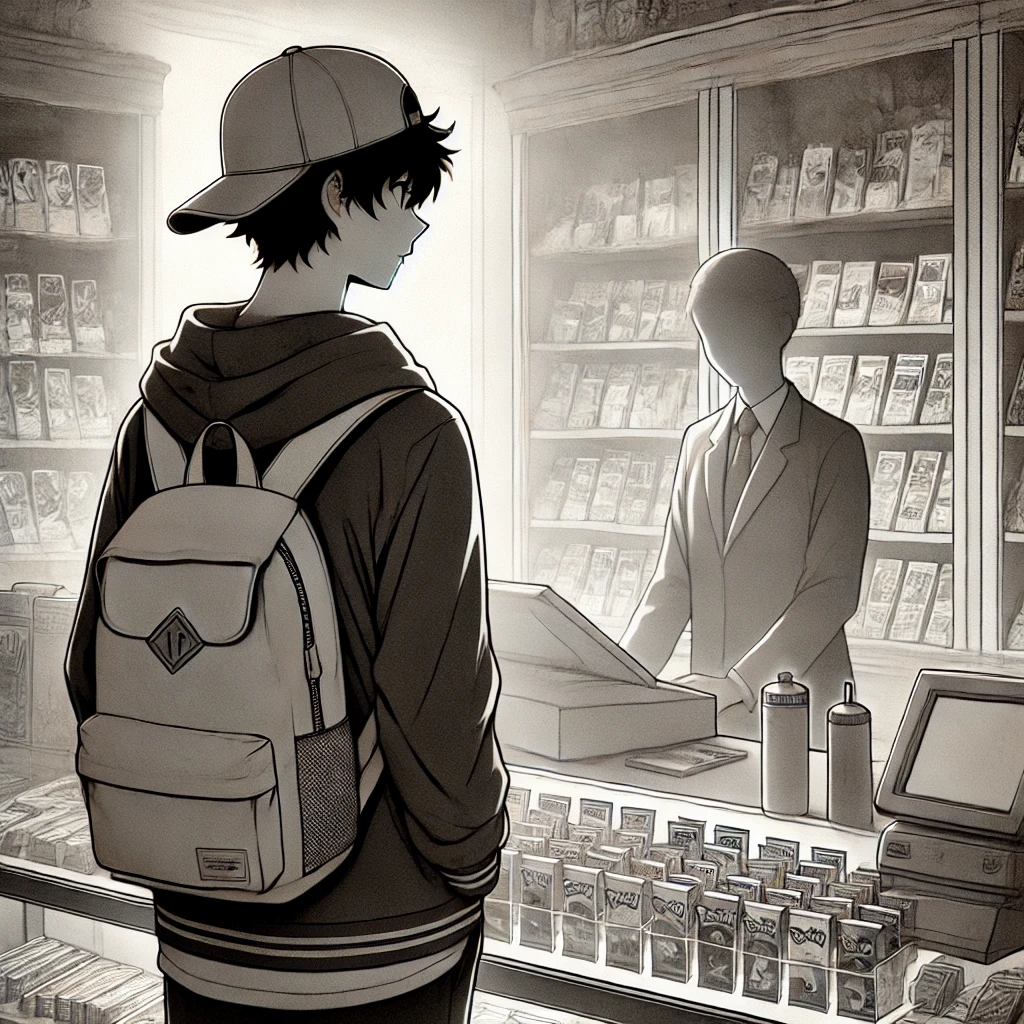Discover whether Pokémon cards, including the newly coveted “Blooming Water” set, are a viable alternative investment. Learn about expected values, rarity, and the pros and cons of holding vs. flipping in this in-depth analysis for collectors and speculators.
1. Introduction to Pokémon Card Investing
If you’re like me, you may have recently spotted a buzz on social media about people rushing to Costco to grab something called “Blooming Waters.” My first reaction was confusion—why all the fuss over a water brand I’ve never heard of? But a quick glance at the comments revealed that “Blooming Waters” is, in fact, a new hype-driven Pokémon set sparking excitement among collectors and would-be scalpers looking for a quick profit. It got me thinking: Is this frenzy over modern Pokémon releases just the latest bubble, or does it represent a genuine alternative investment opportunity?
From soaring auction prices to viral social media hype, Pokémon cards have captured the attention of collectors and investors alike. While Pokémon is traditionally seen as a beloved trading card game (TCG), some people now view these cards as an alternative investment—akin to fine art or rare coins.
In this article, we’ll explore the math behind Pokémon card investing, evaluate whether buying booster packs can yield positive returns, and highlight real-world chase cards like “Moonbreon.” Ultimately, you’ll learn how to weigh the expected value (EV) of sealed products and decide if holding or flipping rare pulls is the right move for you.
2. Why Pokémon Cards Are Gaining Traction as an Alternative Asset
- Brand Longevity & Nostalgia
Pokémon has endured for over two decades, inspiring loyalty among multiple generations. Those who played as children now have spending power—driving up prices for iconic cards. - High Demand & Rarity
Although modern sets often feature large print runs, the rarer “chase cards” maintain scarcity. When combined with high collector interest, certain cards can fetch hundreds or even thousands of dollars. - Volatile Secondary Market
Like stocks and cryptocurrencies, Pokémon card values can fluctuate based on new set releases, influencer endorsements, or macroeconomic factors (e.g., discretionary spending trends).
3. Expected Value (EV) Explained: The Math of Opening Packs
Expected Value (EV) measures the average outcome you can expect when taking a gamble—like buying booster packs in hopes of pulling a valuable card. Let’s illustrate this with a fictional scenario with “Blooming Waters.”
- Pack Cost: $4
- Chase Card Probability (1%)
- Average value of chase: $120
- Ultra Rare Probability (10%)
- Average value: $8
- Bulk (All Other Cards): Approximately $0.50 in combined value
Plugging these into a simplified EV formula:EV(pack)=(0.01×120)+(0.10×8)+(0.89×0.50)=1.20+0.80+0.445=$2.445EV(pack)=(0.01×120)+(0.10×8)+(0.89×0.50)=1.20+0.80+0.445=$2.445
Since the pack costs $4 but yields only $2.45 on average, your net expected loss is around $1.55 per pack. Remember, this doesn’t include transaction fees, shipping, or time required to sell individual cards.
4. Real-World Example: The “Moonbreon” Phenomenon
A prime illustration of a modern-day chase card is Umbreon VMAX Alternate Art, nicknamed “Moonbreon.” Featured in the Evolving Skies expansion, Moonbreon is beloved for its striking artwork and the popularity of Umbreon itself.
- Market Price: $400–$700 (raw, near-mint), with PSA 10 graded copies commanding even higher sums.
- Estimated Pull Rate: Approximately 1 in 2,000 (0.05%), making it exceptionally rare.
If each Evolving Skies pack costs $8 (a common secondary-market price) and you only consider Moonbreon’s value (~$500 for a near-mint copy), its contribution to EV is:(0.0005)×$500=$0.25(0.0005)×$500=$0.25
Even after accounting for other valuable pulls in the set (e.g., Rayquaza Alternate Arts), most calculations show the average booster pack still yields less than $8. In other words, chasing Moonbreon by cracking packs is generally an expensive gamble.
5. The Big Question: Should You Flip or Hold?
5.1 Flipping Immediately
- Pros:
- Lock in profits before market conditions change.
- Avoid the possibility of reprints that might flood supply.
- Quick turnaround for cash.
- Cons:
- You might miss out if the card’s value continues to rise.
- Managing listings, shipping, and potential returns adds hassle.
5.2 Holding Long-Term
- Pros:
- Certain iconic cards (like Moonbreon) could appreciate over time.
- Pokémon’s enduring brand power and nostalgia support ongoing demand.
- Cons:
- Your capital is tied up in a highly speculative asset.
- If collector interest shifts or a reprint is announced, prices could drop.
6. Beyond EV: The Reality of Pokémon Card Investing
- Time & Effort
Selling singles—especially lower-value cards—can be time-intensive. Between listing items, packaging, shipping, and handling buyer disputes, the process isn’t passive. - Transaction Costs
Auction sites and marketplaces (eBay, TCGplayer) charge fees ranging from 10–15%. Grading services (PSA, CGC) also add costs, potentially offsetting profits unless you secure high-value, high-grade pulls. - Market Sentiment
Pokémon is partially powered by collectors’ passion and nostalgia. A sudden shift in sentiment can cause prices to tumble, leaving you with less liquidity than traditional investments. - Buy Singles, Not Packs (If You’re Strictly Investing)
For collectors who simply want a specific card—be it Moonbreon or a chase Charizard—purchasing singles often costs less overall than rolling the dice on sealed booster products.
7. Conclusion & Reader Question
From a purely financial perspective, Pokémon TCG products typically carry a negative expected value when buying packs at retail or secondary-market prices. Even with highly coveted chase cards like Moonbreon, the math often doesn’t favor casual buyers hoping to profit from random pulls.
Nevertheless, Pokémon cards combine artistic appeal, brand nostalgia, and a global fandom, all of which can drive prices beyond purely rational calculation. If you’re a passionate collector or enjoy the thrill of opening packs, the intangible value may justify the cost. For pure returns, however, most financial advisors would still recommend the “boring” route—stocks, bonds, or index funds.
What do you think? Are Pokémon cards (or other collectibles) a worthy addition to a well-rounded investment portfolio, or are they too volatile for comfort? Share your thoughts and experiences in the comments below!
